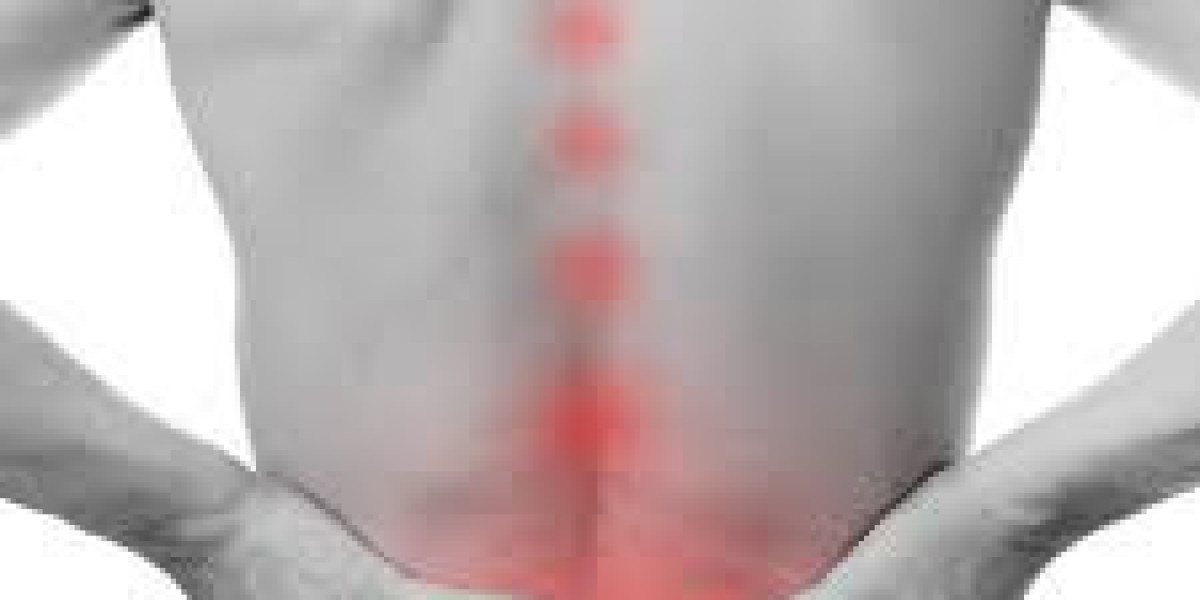Understanding Neuropathic Pain
What is Neuropathic Pain?
Neuropathic pain is a complex, chronic pain state that usually occurs when nerve fibers are damaged or malfunction. These damaged nerve fibers can send incorrect signals to other pain centers. It is fundamentally different from nociceptive pain, which results from physical damage or potential damage to tissues.
Causes of Neuropathic Pain
Neuropathic pain can be triggered by various conditions, including:
- Diabetes: Diabetic neuropathy is a common complication of diabetes, characterized by nerve damage throughout the body, especially in the legs and feet.
- Shingles: Postherpetic neuralgia can occur after an outbreak of shingles, causing persistent pain in the areas affected by the virus.
- Chemotherapy: Certain chemotherapy drugs can cause peripheral neuropathy, leading to pain, tingling, and numbness.
- Trauma: Physical injury to the nerves, spinal cord, or brain can result in neuropathic pain.
- Infections: Conditions such as HIV/AIDS and Lyme disease can damage nerves, leading to chronic pain.
Pathophysiology of Neuropathic Pain
Neuropathic pain arises from abnormalities in the nervous system, either in the peripheral or central nervous system. When nerve fibers are injured, they undergo pathological changes that can lead to persistent pain. Key mechanisms include:
- Ectopic Discharge: Damaged nerves may start to fire spontaneously, causing ectopic discharges that the brain interprets as pain.
- Central Sensitization: Prolonged nerve damage can lead to changes in the central nervous system, making it hypersensitive to stimuli.
- Inflammatory Responses: Injury or disease can trigger inflammatory responses, releasing cytokines and other mediators that sensitize nerve fibers.
- Demyelination: Loss of the myelin sheath surrounding nerves can disrupt normal nerve signal transmission, contributing to pain.
Symptoms and Diagnosis
Common Symptoms
The symptoms of neuropathic pain vary but commonly include:
- Burning Sensation: A persistent burning feeling, especially in the extremities.
- Shooting Pain: Sharp, shooting pain that can be unpredictable and debilitating.
- Allodynia: Pain resulting from stimuli that do not normally provoke pain, such as light touch.
- Hyperalgesia: An increased sensitivity to painful stimuli.
Diagnostic Methods
Diagnosing neuropathic pain involves a combination of patient history, physical examinations, and diagnostic tests. Key methods include:
- Neurological Examination: Assessing reflexes, muscle strength, and sensory function to identify abnormalities.
- Nerve Conduction Studies: Measuring the speed and strength of signals traveling along nerves to detect damage.
- Electromyography (EMG): Evaluating electrical activity in muscles to diagnose nerve disorders.
- Imaging Studies: MRI or CT scans can help visualize nerve damage or structural abnormalities.
Treatment Approaches
Pharmacological Treatments
Treating neuropathic pain often requires a multimodal approach. Common medications include:
- Anticonvulsants: Drugs like gabapentin and pregabalin can help stabilize nerve activity and reduce pain.
- Antidepressants: Certain antidepressants, particularly tricyclics and SNRIs, are effective in managing neuropathic pain.
- Topical Treatments: Capsaicin cream and lidocaine patches can provide localized pain relief.
- Opioids: Though controversial due to their potential for abuse, opioids may be used in severe cases under strict medical supervision.
Non-Pharmacological Treatments
In addition to medications, several non-drug therapies can be effective:
- Physical Therapy: Tailored exercises can help strengthen muscles and improve mobility, reducing pain.
- Transcutaneous Electrical Nerve Stimulation (TENS): This involves using electrical currents to stimulate nerves and alleviate pain.
- Cognitive Behavioral Therapy (CBT): CBT can help patients manage pain by changing negative thought patterns and behaviors.
- Acupuncture: This traditional Chinese medicine technique has been shown to reduce pain and improve quality of life for some patients.
Advanced Therapies
For patients who do not respond to conventional treatments, advanced options are available:
- Spinal Cord Stimulation: Implanting a device that sends electrical pulses to the spinal cord can interrupt pain signals.
- Nerve Blocks: Injections of anesthetic near specific nerves can provide temporary relief from pain.
- Surgery: In rare cases, surgical intervention may be necessary to address underlying causes of neuropathic pain.
Living with Neuropathic Pain
Lifestyle Modifications
Managing neuropathic pain often requires lifestyle adjustments. Key strategies include:
- Regular Exercise: Engaging in low-impact activities like swimming or walking can help maintain physical function and reduce pain.
- Healthy Diet: A balanced diet can support overall health and potentially reduce inflammation.
- Stress Management: Techniques such as mindfulness, meditation, and yoga can help manage the psychological impact of chronic pain.
Support Networks
Living with chronic pain can be isolating, but support networks can provide emotional and practical assistance. Support groups, counseling, and online communities can be invaluable resources for patients and their families.
Future Directions in Neuropathic Pain Research
Innovative Treatments
Research is ongoing to develop new treatments for neuropathic pain. Some promising areas include:
- Gene Therapy: Targeting specific genes involved in pain pathways could offer long-term relief.
- Stem Cell Therapy: Using stem cells to repair or replace damaged nerves is an exciting area of study.
- New Drug Development: Researchers are working on novel medications that target specific pain mechanisms with fewer side effects.
Understanding Pain Mechanisms
Advancements in understanding the biological mechanisms of neuropathic pain are crucial. Improved knowledge can lead to more effective treatments and better patient outcomes.





